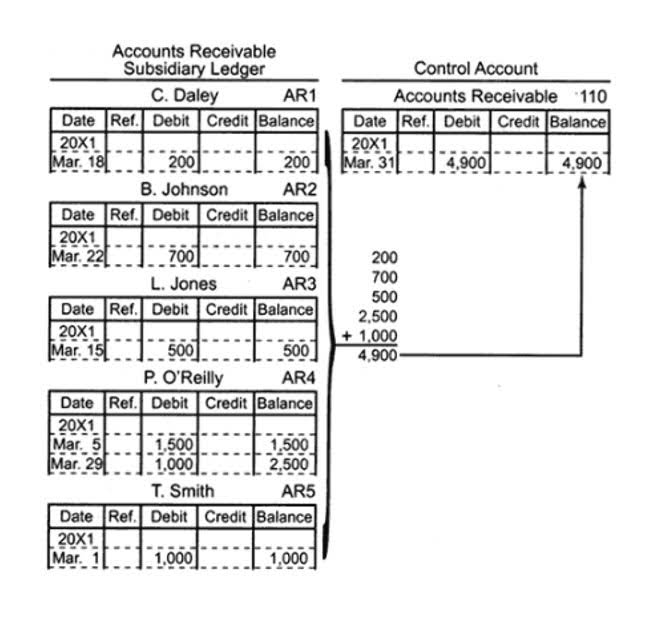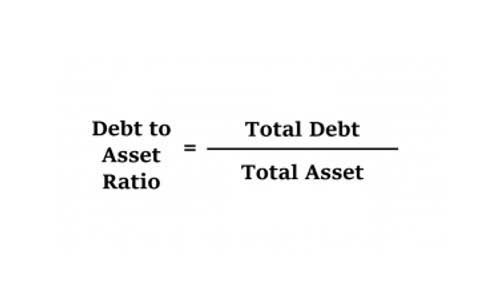
In the event that a contra account is not utilized, it can become increasingly troublesome to determine historical costs, which makes tax preparation time-consuming and difficult. The balance in the allowance for doubtful accounts is used to find out the dollar value of the current accounts receivable balance that is deemed uncollectible. Contra asset accounts include allowance for doubtful accounts and the accumulated depreciation.

How Are Contra Accounts Reported in Financial Statements?

For example, when a line item on your balance sheet presents the balance of accounts receivable, report the value of allowance of uncollectible accounts below the accounts receivable line. Be sure to enter the contra account on the opposite column of the account they’re offsetting. If contra assets appear in the credit column, record contra liabilities on side. With contra equity accounts, you reduce the number of outstanding shares you list on your company’s balance sheet.
How are Contra Accounts Used and Reported?

If a client returns $1,000 worth of products, you record Sales Returns and Allowances by debiting $1,000 and crediting $1,000 to Accounts Receivable. The purpose of the Sales Returns account is to track the reduction in the value of the revenue while preserving the original amount of sales revenue. Liabilities are a big deal in accounting because they show what financial obligations a company has. If you want to learn more about the basics of accounting, check out our accounting 101 book or take a look at our part-time accounting courses. For example, if you take out a mortgage to buy a building, that mortgage is a long-term liability on your balance sheet, while the building itself is a long-term asset.
Contra asset accounts journal entries
- Contra equity accounts are accounts in the equity section of the balance sheet that reduce the amount of equity a company holds.
- It’s crucial to have accurate records to make informed business decisions.
- A contra revenue represents any deductions or offsets that need to be removed from gross revenue to provide a clearer understanding of actual income — such as in the example just provided.
- In your income statement, the gross sales are $50,000 less than the sales returns and allowances of $1000.
- Contra accounts such as these have a debit balance and are deducted from the total amount of a company’s revenue.
- Our team of reviewers are established professionals with years of experience in areas of personal finance and climate.
For this reason, contra accounts are primarily seen as having negative balances because they are used to reduce the balance of another account. Of that amount, it is estimated that 1% of that amount will become bad debt at some point in the future. This means that the $85,000 balance is overstated compared to its real value. At this point, it isn’t known which accounts will become uncollectible so the Accounts Receivable balance isn’t adjusted. Instead, an adjusting journal entry is done to record the estimated amount of bad debt.
Zeni Helps Your Record Returns, Discounts, And Allowances
To avoid this loss of important data, we record actual cost and depreciation in separate ledger accounts. As you saw in the example, contra accounts can be an important part of your financial statement analysis, but they are hard to find. Companies bury them in the footnotes and often don’t break out the actual calculation. Still, it is important when possible to consider how the net accounts are calculated and be wary of companies that are reporting a ton of bad debts. The contra equity account treasury stock is reported right on the balance sheet. Home Depot has repurchased more than $72 billion of stock to date, with around $7 billion coming during this accounting period.

Although they all aim at reducing the balance of some type of account, it is useful to have some general foundational knowledge of the different types of accounts. As your business acquires new assets (e.g., machinery, office equipment, vehicles), you record the initial purchase value in your Fixed Asset account. But these items don’t retain that initial value; if liquidated, they would likely be sold at contra revenue account a loss. In order to record this ongoing value drop, you would use a corresponding contra account — an Asset Depreciation account. A contra account provides missing context by pairing it with a related account. So as values shift depending on real-world factors, rather than making deductions or adjustments to the original or “parent” account, you would record these changes in the contra account instead.
Examples of Liabilities

In its general ledger, the business will want to capture its gross sales figures and the actual value of the discount. A contra account is a general ledger account with a balance that is opposite of the normal balance for that account classification. The use of a contra account allows a company to report the original amount and also report a reduction so that the net amount will also be reported. The net amount is often referred to as the carrying amount or perhaps the net realizable amount.
